The whole concept of a bride carrying flowers is rooted in ancient symbolism and a little bit of practicality. Flowers were used to ward off evil spirits or signify fidelity, fertility and a long happy life. They were also carried to disguise body odour… nice!
Traditionally, flowers used in the bouquet consisted of what was in season and what could be obtained locally. The use of flowers at events is now botanical artistry. The choice of flowers is guided by texture, colour and hopefully seasonality. Symbolism might creep into the picture now and then, but these days, online media is most likely the source of inspiration.
Pinterest and Instagram have certainly upped the ante for ideas and artistry, but it also tempts us to go with peonies, no matter what the season, or orchids, no matter where they’re grown. As with most things, floral design and floristry is a huge global industry driven by fashion. Flowers are grown and flown all over the world and often dyed to meet colour briefs.
However, flowers should be one of the most natural things going, giving us a direct connection to something real, from the earth.
Flowers by Little Twig Flowers, Photos by Stefani Driscoll Photography
You might be shocked to know that the floristry industry doesn’t have the greenest credentials – this industry has a large carbon footprint and produces a lot of waste.
From a scary amount of single-use plastic, to the huge issue of floral foam used in most arrangements (a single-use plastic that easily crumbles into micro plastics before hanging around for a very long time), to the issue of imported flowers – grown and flown from halfway across the world, sprayed with insecticides, refrigerated and sprayed again upon entering Australia – there’s a bit to improve upon.
Slowly things are changing back to a more natural style of floristry. The trend has swung to foraged, seasonal and a wild, garden aesthetic so if ever there was a time to perpetuate a push for a more sustainable way with flowers, now is the time.
Left Image by Stefani Driscoll Photography; Right Image and Florals by Rita Feldman Flowers
Your purchasing power plays a huge role to encourage change. Here’s what you can do:
1. No Floral Foam
Insist that your arrangements do not use floral foam (sometimes referred to by the manufacturers name “Oasis”). The majority of the floristry industry still uses this green brick to stick flowers in – for stability and ease of arranging. There are lots of alternatives and if your florist isn’t sure about how to do this, there are many ideas at the Instagram account @nofloralfoam and under the hashtag #nofloralfoam
2. Seasonal Blooms
Ask your florist what is in season when you are getting married. If you really want peonies, make sure you are getting married in November or December in the Southern Hemisphere! Seasonal means cheaper too. Asking for peonies out of their local flowering season will require the importation of the blooms from another country, usually the northern hemisphere. So many of our flowers are imported from Africa, Asia, South America – via Holland. This practice carries a huge carbon and chemical footprint.
Image and Florals by Floral By Nature
3. Local Blooms
Seek out the most locally grown flowers that you can. You’ll no doubt be serving local wine at the wedding, so why not serve local flowers, fresh from the surrounding fields?! How romantic and symbolic to carry flowers from the very soil you stood on when you said your vows.
4. Opt For Sustainably Grown Where Possible
There is a movement going on for slow flowers much like slow food. Artisan flower growers are popping up all over the place. Much of this movement has been inspired by a flower farm in the US. Floret’s website has a global map listing many flower farmers who grow slow, in tune with the season, friendly to the bees. A group has started in Australia – a collaborative network of flower farmers who work together to fill flower orders. Check out Consortium Botanicus.
5. Grow Your Own
Go one better still – grow your own blooms. Put some seeds or bulbs in the ground to bloom in time for your big day. Small pot plants such as succulents or colourful annuals can sit on the table and serve as bonbonniere for your guests as well.
Image and Floral Design by Rita Feldman Flowers
6. Reduce Waste or Recycle
Think about the type of vessel you will use to contain your flowers. Think about re-using vessels or hiring for the day. Small jars and tin cans serve well as small vases and named with an attractive label, can also be used as bonbonniere for your guests.
7. Re-Use The Flowers
If the flowers aren’t being taken home by family, consider donating them to your local nursing home, charity or hospital.
Ms Zebra Says: I have learnt so much about sustainability and the sourcing/buying power we have by simply caring to ask the question. Thank you for these incredible tips and giving us the power to ensure we all become more sustainable!
About Sarah O’Bryan and Rita Feldman: They are members of The Sustainable Floristry Network, a global industry initiative with a mission to bring floristry ‘back to nature’. “Guided by a collective of experienced florists, we are committed to celebrating flowers and floral design with the smallest environmental footprint possible”. This project seeks to educate and inspire through an online resource, informed by the latest science to bring about significant change to more environmentally sustainable floristry practices.









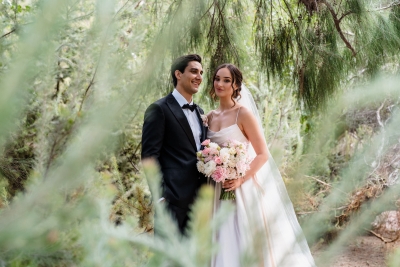
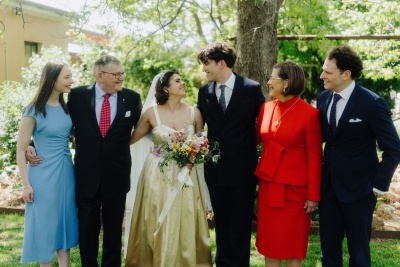
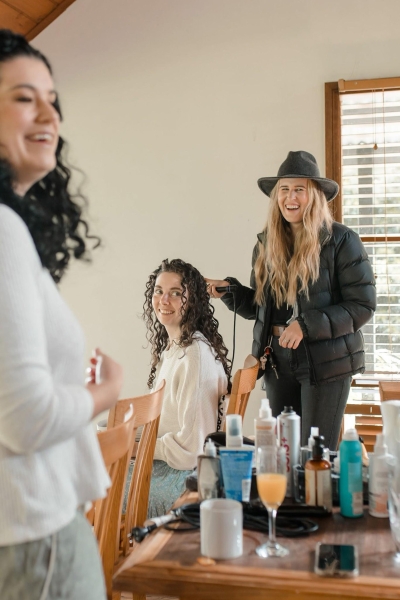
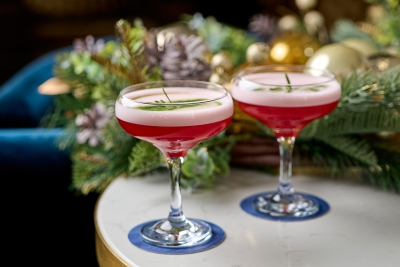
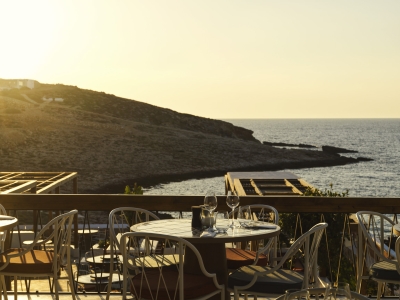



Join the conversation